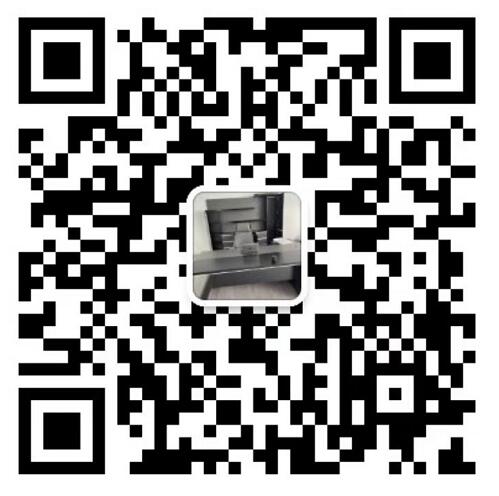Tell you how to configure the switches in the end board
The switch configuration in the end board usually depends on the design and purpose of the electrical system. Basic end board switch configuration includes:
Main circuit breaker: serves as the main switch for the entire electrical system and is used to disconnect or connect power. Usually located at the top of the end board.
Distribution circuit breaker: Used to distribute power to different circuits. Multiple circuit breakers can be configured as needed. Each circuit breaker usually corresponds to a circuit or a group of related devices.
Leakage current protector (RCD): Used to detect current leakage. Once abnormal current is detected, the power supply will be quickly cut off to improve electrical safety.
Overload protector: To prevent circuit overload, a corresponding overload protector is usually configured according to the rated load of the circuit to prevent equipment damage.
Grounding switch: Used to ensure the grounding of the system and improve the safety of the electrical system.
Smart Meter: In some modern end boards, smart meters may be included to monitor power usage for power management and energy conservation.
Configurations will vary based on specific use, building size and code requirements. Design and configuration by a professional electrical engineer is recommended to ensure compliance with safety and regulatory standards.







